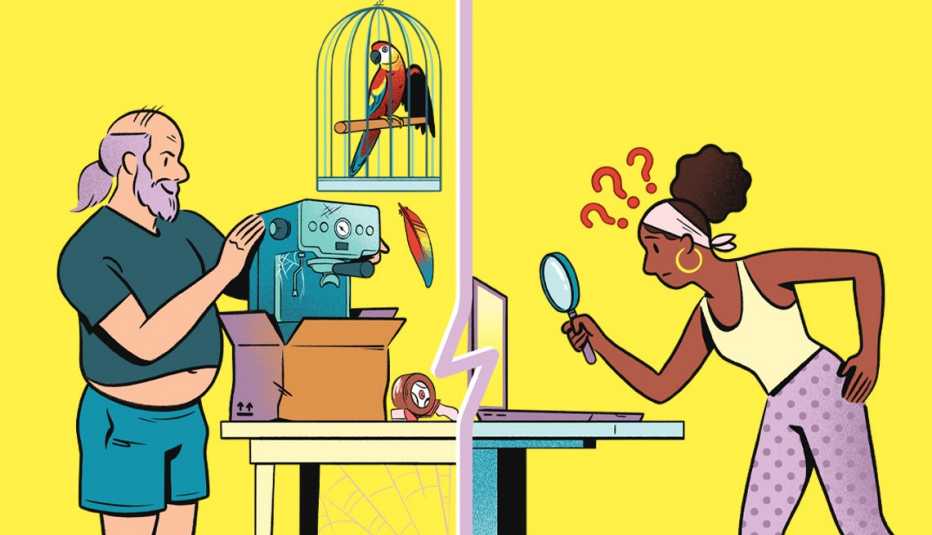AARP Hearing Center


You searched Amazon, you found what you were looking for on Amazon, and you clicked “Buy” on Amazon. Odds are, however, that you didn’t actually buy from Amazon. More than 60 percent of the site’s sales are made by other vendors, the company says.
Amazon isn’t the only major retailer that’s expanding its business as a middleman. Walmart, Target, Macy’s, Chewy, Best Buy and J.Crew, among others, also run what are known as third-party marketplaces. To put it another way, these giant online retailers are operating far less these days like a store and more like a mall or flea market.
The problem is some of the stores in these online malls are shady operators. And that problem won’t go away, given how this trend is growing.
The reasons for this are simple: Adding online marketplaces to existing e-commerce websites enables retailers to expand their product selection and generate fee revenue from smaller vendors without much risk.
But the setup can be confusing. These marketplaces often feature a crazy mix of sellers, from large corporations to small businesses to some guy working out of his garage. Product quality, customer service, return policies and shipping times can vary dramatically. Items sold by third-party sellers may not be properly manufactured, stored, handled or ethically sourced, because they operate outside of major retailers’ supply chains, explains Kari Kammel, director of the Center for Anti-Counterfeiting and Product Protection at Michigan State University.
What’s worse, criminal enterprises use online marketplaces to sell stolen, expired, recalled and counterfeit products that could be contaminated or made with toxic chemicals, Kammel warns.
The new INFORM Consumers Act requires retailers to protect consumers from counterfeit, unsafe and stolen goods sold by third-party sellers, through requirements such as the clear disclosure of a seller’s name, address and contact information. That should help consumers, but the law only recently took effect, and it won’t eliminate bad actors, Kammel says.
Here’s how to shop more safely.



































































More From AARP
Amazon Won't Let You Return These 13 Items
Before you purchase that gift, make sure you can return it.3 Retailers that Sell Gold
These stores make it easy to buy gold barsWhy Is Your Water Bill Soaring?
Aging infrastructure is one factorRecommended for You